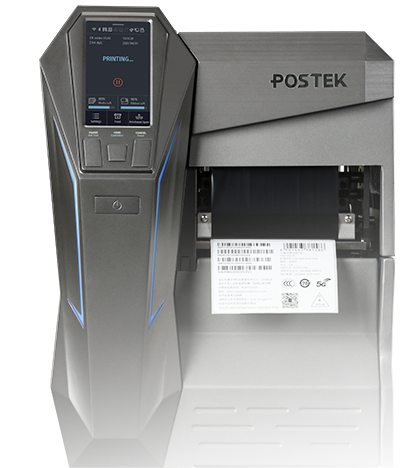
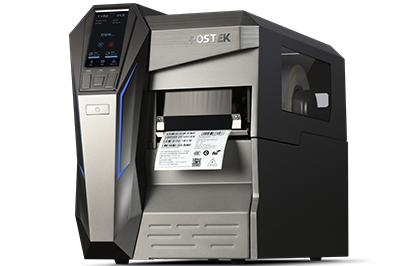
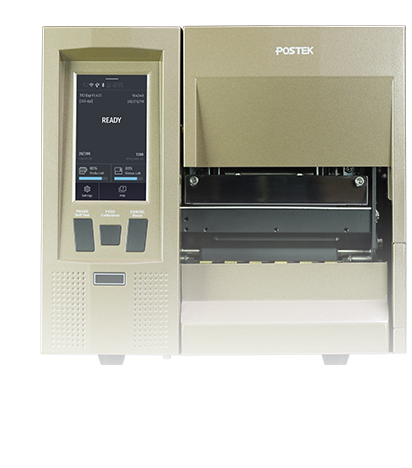
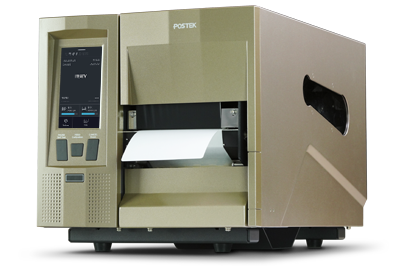
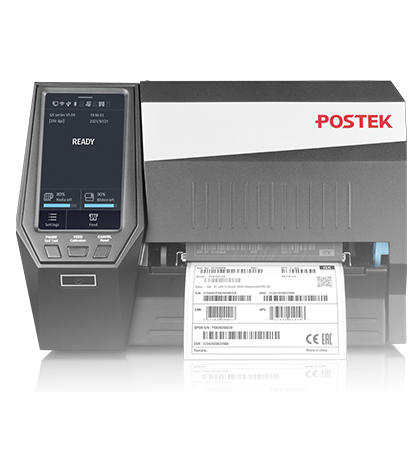
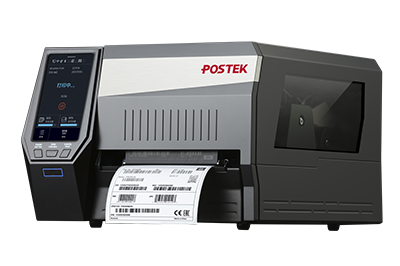
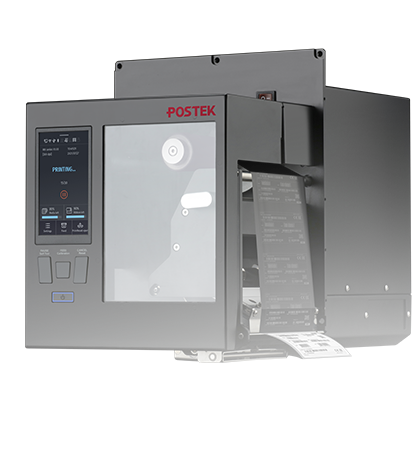
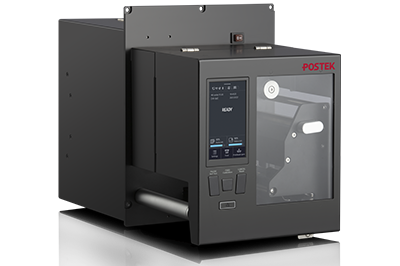
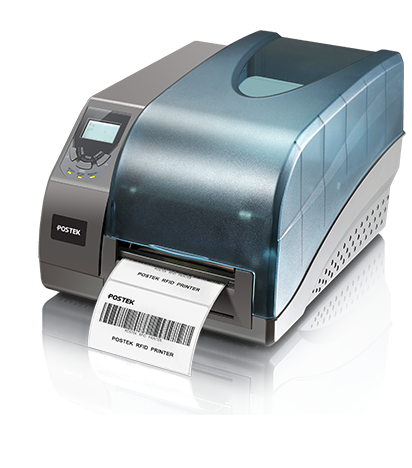
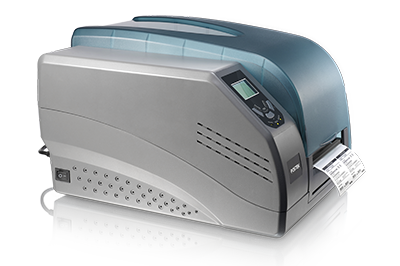
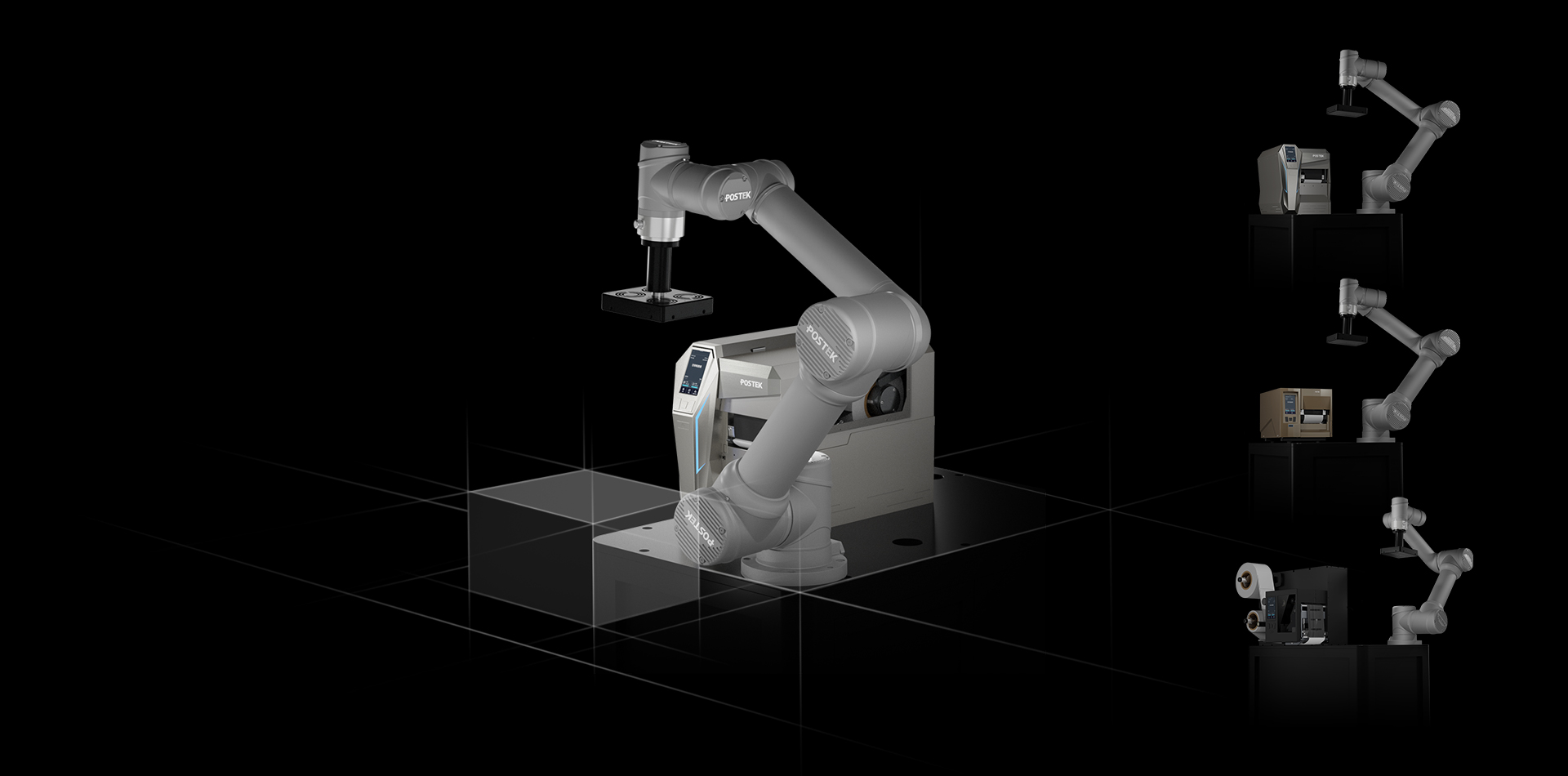
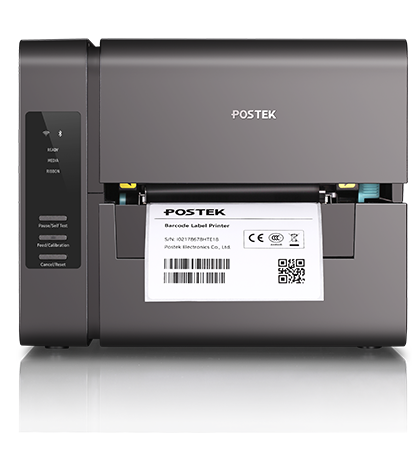
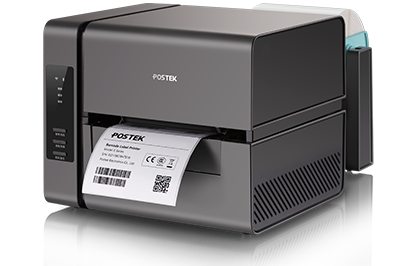
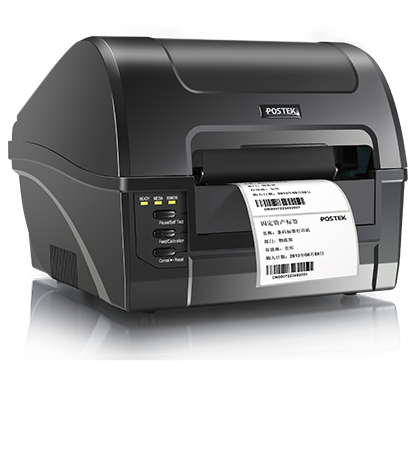
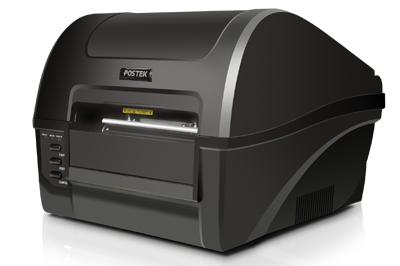
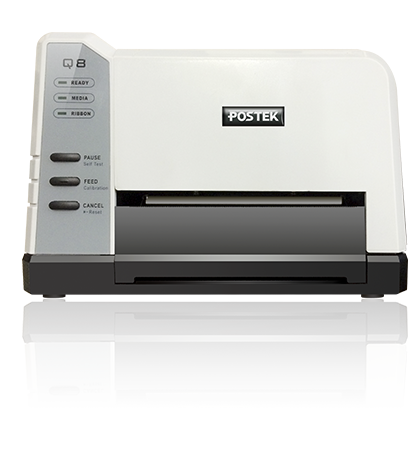
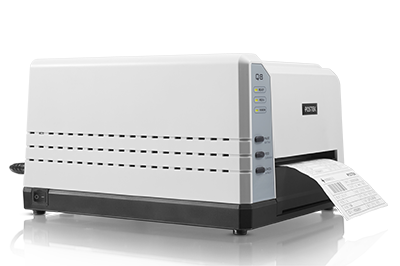
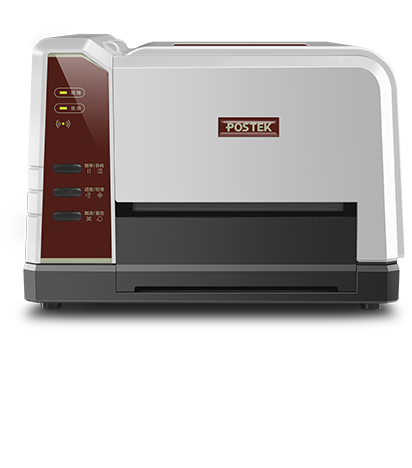
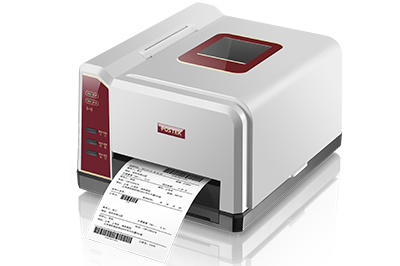
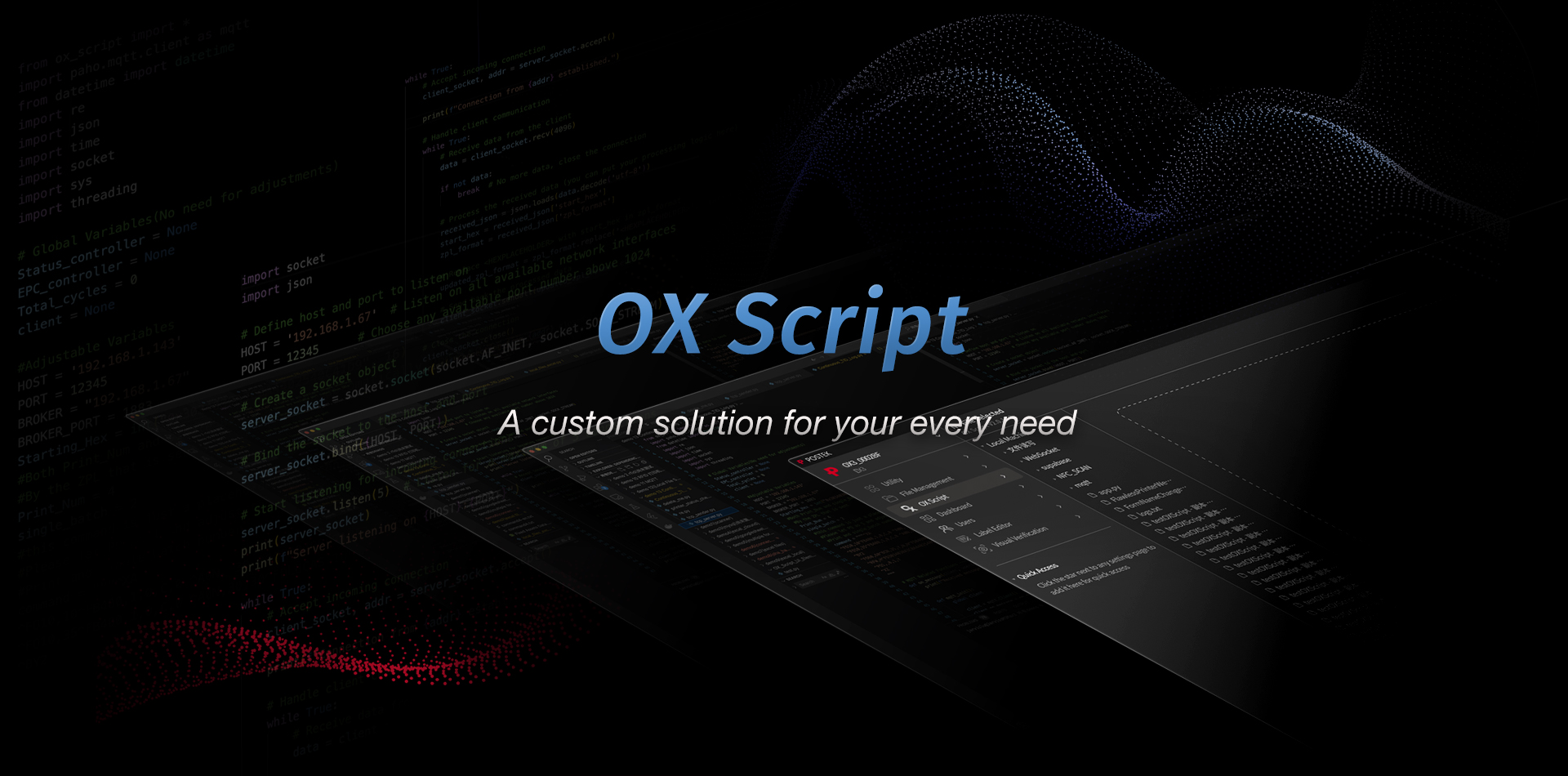




















Project Background
The banking industry poses high standards for storage security and information safekeeping. For mortgages and loans, the banks would have to take possession of some important documents such as property ownership certifications or other sensitive personal information. It would not be uncommon for the banks to hold on to those documents for ten to twenty years depending on the mortgage. It should not come as a surprise for one to say that if the bank for whatever reason lost the original documents or has trouble finding them amongst the sea of other documents, that the bank would be in some trouble. Of course, the bank could spend a significant amount of time and effort training its personnel to handle the documents with the utmost care and attention, but it is simply impossible to guarantee the complete absence of human error. With no way to know where a file is located in real-time, if a person grabs the wrong file, or moved file A while attempting to find file B, the system remains blissfully unaware of the circumstances and can't offer any form of remedy for the situation. This leads to problems with roots reaching deep into the core of the system. Every day that passes without realizing the issues adds another layer of difficulty when the pesky buggers finally rear their ugly heads. By the time a document is needed but missing, it is already too late, causing irreversible disruption to the daily workflow or legal disputes that make the bank wish it was just a disruption to workflow. A more comprehensive system is required to ensure the management is constantly aware of what file is present, who took which file, are there any files that are supposed to be present but are not, or vise versa. For that, POSTEK RFID label printers offer the perfect solution.
Solution Details
Currently, bank management systems sort the files based on certain characteristics. Whether it be alphabetical, categorical, or some other innovative sorting method, it doesn't quite escape from the issues mentioned above. It is simply impossible to reach that 100% certainty of the exact whereabouts of each file. Not to mention there is a nearly infinite number of different ways for humans to make a mistake. It is essential to have an automated system in place that monitors the conditions in real-time. With RFID integrated into the management process, it facilitates a channel of communication that could root out the possibility of human error. With the system consistently aware of the location of every file in storage, the management software could sound the alarm If there is any anomaly and prevent a future disaster from brewing.
As mentioned above, RFID offers the system a way to safeguard against human error, let's take a deep dive into exactly how that happens. Before any documents reach the shelves of the storage unit, an RFID label is first printed and applied to the file. The RFID tag then stores all the relevant information regarding that document and can communicate that information to the management software wirelessly. When placed in the containment units laced with RFID antennas, the storage unit can collect real-time information regarding what file is currently inside the unit. If a certain file is taken out but shouldn't have been, then the system would become aware of the mistake as soon as the file leaves the shelf, triggering the alarm and preventing any further complications. The system is also acutely aware of who took which files. Since the storage unit has to be opened with an ID for the personnel, the system automatically marks down who opened which unit and took out which file. Significantly simplifying the document tracing process and removes any obscurity there might have been regarding the movement of the documents.
RFID offers unparalleled security to file storage. Taking a file by mistake or moving a file to a unit where it doesn't belong is a thing of the past. However, there still exists the possibility of a file being difficult to find within the unit just due to the sheer number of documents that might be present inside. RFID provides clarity for that as well. For storage units laced with RFID antenna, the operator could easily locate the file by typing in the relevant TID and the system will point out which shelve it is on. For certain units where the RFID antenna is not built into the support, the operator could search for the file with a PDA. By typing in the information regarding the specific RFID tag, the operator could gauge his/her distance to the file by the strength of the signal read in by the PDA. A method not much unlike the game "Hot and Cold", but very effective at what it needs to do.
The project used a mixture of the POSTEK Ge series and TXr series. The lightweight of the Ge series made it perfect for smaller volume print jobs that required more portability and the TXr series is chosen due to its sturdy reliability for round-the-clock printing. Both printers feature the same user center designs that run in the POSTEK family, making them stable and easy to use. Combined with POSTEK's guarantee that 100% of all the information that the user needs would be there at the end of every print job, the printers provided a smooth, stress-free printing experience that is unmatched in the industry.
Competitive Edge
1.With automatic RFID verification and reprinting capabilities, POSTEK could guarantee that all the RFID data that needed to be encoded will be present at the end of the print job. Regardless of the reasons why the RFID encoding for a specific tag failed, the user could rest easy knowing that the printer will automatically reprint and verify again to ensure every tag that isn’t clearly marked as not usable by the printer will be good to go with the correct information encoded.
2.Completely removing the possibility for human error. Any mistake will be instantly noticed by the system and any file's location can be tracked in real-time, giving the system manager the peace of mind with updated information at all times.
3.Offers another layer of security to the entire system. The system is aware of any personnel entering and leaving the storage unit. If a personnel with inadequate authority or access remove a restricted file, the system could alert corresponding authorities instantly. Destroying the possibility for human error or malicious intent.